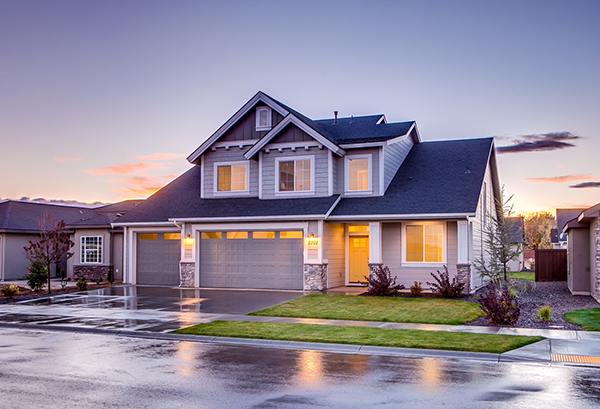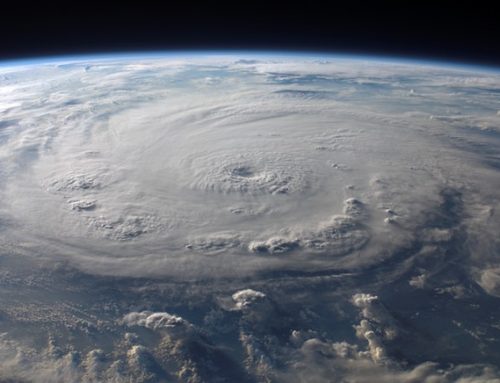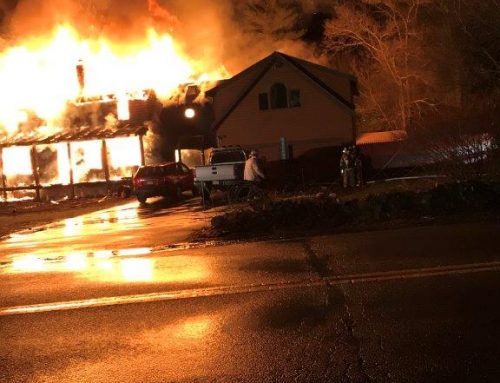All homeowners policies offer different levels of coverage, but there are some basic similarities between policies that you should understand. Here are four things almost all policies include:
1. Coverage for your house itself (and possibly other small buildings such as a detached garage on your property)
If your home is damaged by fire, a hurricane or another covered disaster (typically this does NOT include a flood or earthquake), this insurance coverage will pay to rebuild your home’s structure. Calculate how much it would likely cost to rebuild your home, and purchase that much coverage. Anything above and beyond that amount will come out of your pocket.
2. Coverage for your belongings (both inside your home and abroad)
If your items are stolen or damaged because of a covered disaster, this insurance cover will restore the financial value of the items lost, usually up to 50-70% of the coverage you took out on the structure of the house. How much coverage do you need? Start by doing a home inventory: It’s the easiest way to value your home’s contents.
This coverage typically extends to your personal belongings even if you aren’t at home: For example, your suitcase is stolen while traveling, or you have things stored at a storage facility that is damaged by weather. The amount of coverage for out-of-home items, however, is typically only a 10th of your overall personal belonging coverage.
Keep in mind that although this covers jewelry and other finer items, there will be an overall limit to how much money you can get for each one. If you have a particularly valuable heirloom, have it appraised and purchase and additional floater to cover the real dollar value of the item.
3. Liability protection
No one likes to think about it, but what if a neighbor slips and falls on your front steps, or what if your kids send a baseball through someone’s window? Liability protection covers you in those awkward and unfortunate situations. Essentially, it protects you and your family members if you cause property or physical damage (accidently) to someone else’s person or property.
This coverage will help you pay court fees and awards, up to however much specified in your policy. It will also allow an injured neighbor to submit their medical bills directly to your insurance company so you don’t have to go to court at all.
How much should you have? $100,000 is the starting point, but you may want to take out as much as $300,000 depending on your situation.
4. Additional Living Expenses (ALE)
What happens if your home is destroyed in a fire and you can’t live there for months on end? What if you have tenants living there and can no longer collect rent? That’s where ALE comes in. This covers the cost of hotels, meals eaten out, and any other reasonable living expenses that are above and beyond your normal expenses. It also covers the rent you won’t get because of the damages to your renter’s property.
There’s usually a limit to how much, overall, you can recover for ALE (so don’t pick the Ritz and eat at fancy steakhouses), and sometimes it has time limits — for example, 4 months of alternative housing.
But these limits are in addition to your other coverage — they won’t eat into the recovery money you get for your dwelling or belongings.
Still have questions? Get in touch with Sabel Adjusters. We are experts with dealing with insurance companies, and we know what your homeowner’s policy needs to keep you covered in the face of disaster.






